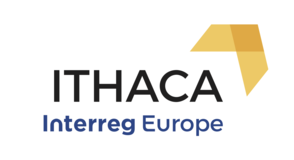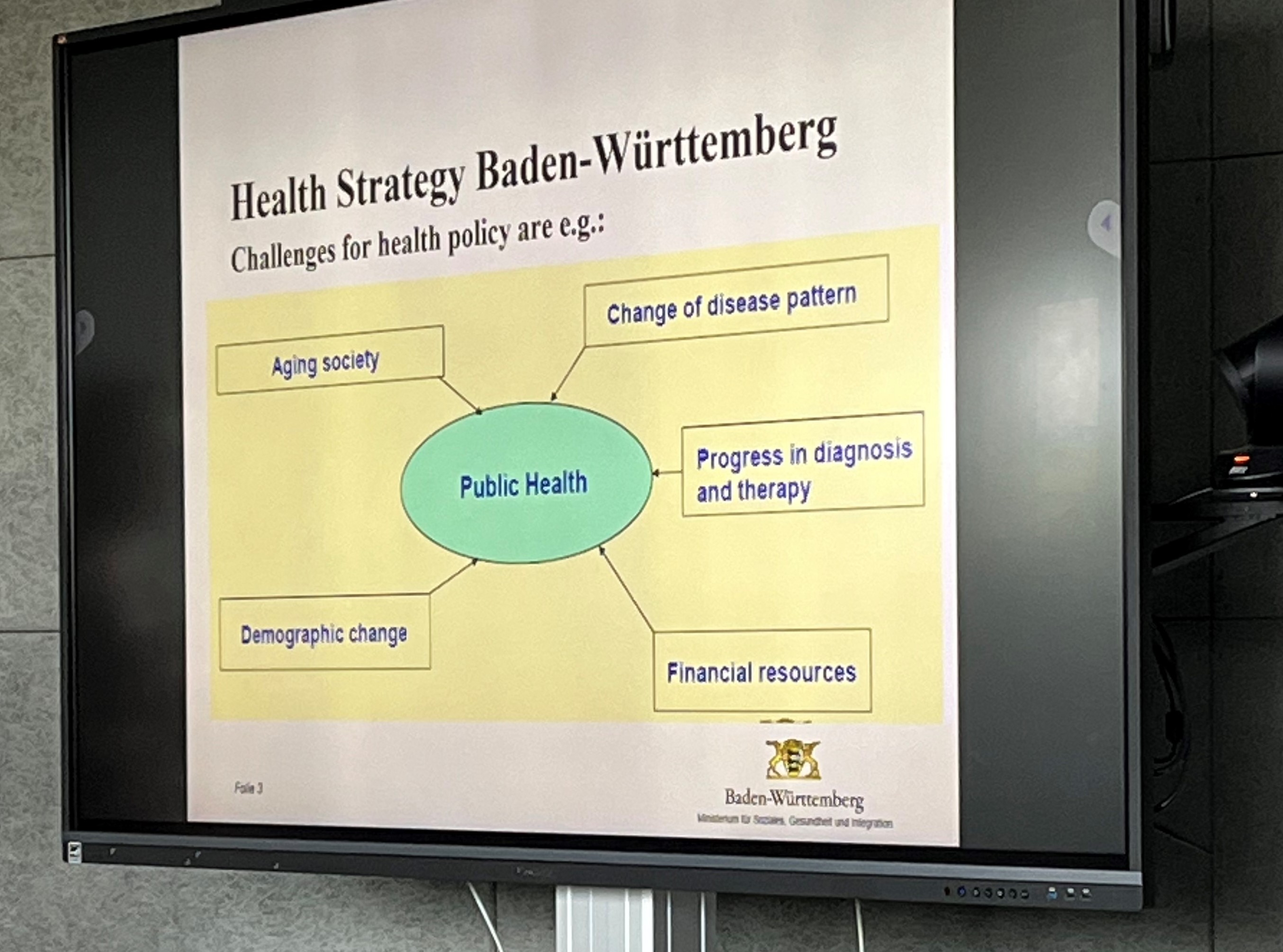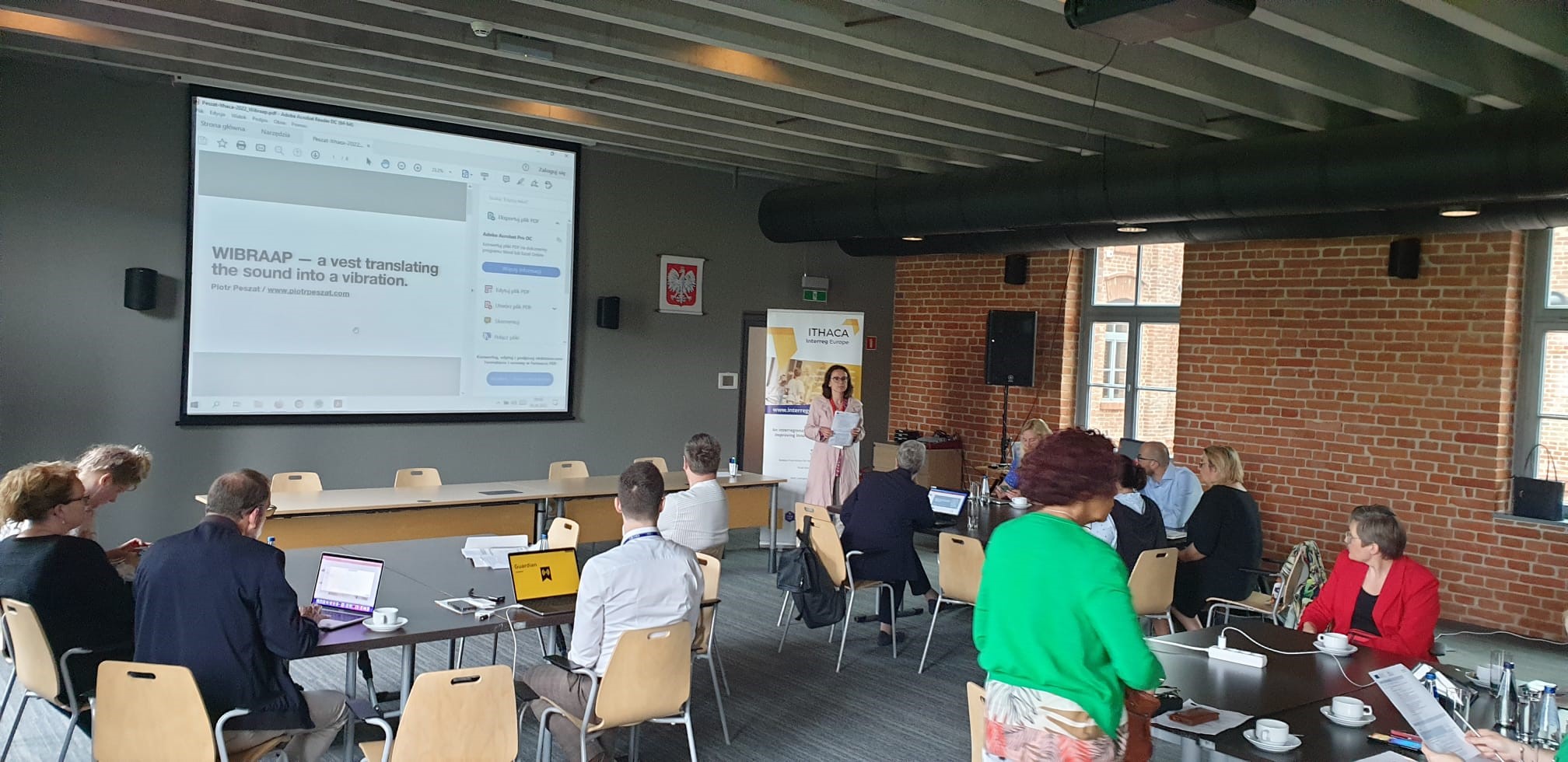Overall objective
The ITHACA project has developed several guides to assist stakeholders and policymakers in improving Structural Funds policies and their implementation across the smart health and care innovation cycle (invention, co-creation, market testing, validation, scaling up) and to enhance regional and interregional ecosystems. ITHACA’s shared ambition is to accelerate the scaling up of smart health and care solutions, especially for active and healthy living.
Framework Strategy
During the sharing of experience and learning journey in Phase 1 of the ITHACA project (2017-2019), the project’s Expert Task Force developed a so-called Framework Strategy for innovation and scaling up of smart health and care solutions. Regional stakeholders can use it as an inspirational guide on:
1. How policy makers can help strengthen innovation and how “innovation actors” can influence policy makers,
2. How regional actors can strengthen innovation by connecting better to each other – in what we call regional and extra-regional ecosystems,
3. How to ensure implementation of innovation along the innovation cycle.
This Framework Strategy reflects the experience shared, lessons learned and recommendations for changes and improvements made at the Exchange of Experiences and Peer Evaluation (EEPE) events – largely documented in so-called case study reports prepared by the partners. Good practices identified by the partners and findings from literature reviews and research have been other inputs to the strategy. The document also describes key elements of the ITHACA project’s methodology including the interregional learning and exchange approach and recommendations for action planning.
Action Plan development and implementation
All partners were required to prepare an Action Plan during Phase 1 of the project (2017-2019) based on the experiences shared among partners and the inspiration the partners have derived from this. The Action Plans are then implemented mainly during phase 2 (2020-2021).
An action plan is a document providing details on how the lessons learnt from the cooperation under ITHACA will be implemented in order to improve the policy instrument addressed within a partner region and thereby achieve better health and care through innovation. Improvement of a policy instrument may take the following forms:
1. Implementation of new projects,
2. Change in the management of the policy instrument and
3. Change in the strategic focus of the policy instrument. An action plan specifies the nature of the actions to be implemented, their timeframe, the stakeholders involved, the costs and funding sources.
All nine ITHACA partners have successfully developed Action Plans that have been approved by the Joint Secretariat.
The nine approved Action Plans are available
EEPEs and lessons learned
A key instrument used to enhance the partners’ and stakeholders’ learning and knowledge was the Exchange of Experience and Peer Evaluation (EEPE) events that were organised by each region during the period April 2017 - April 2019. During this period, delegates from the partner regions visited each other to learn about:
• The other partners’ innovation policies and strategies,
• How these policies and strategies are implemented,
• How systems and practices support innovation processes,
• How partner regions scale-up innovation projects and innovative solutions, and
• How the partners have developed innovation eco-systems and clusters and involved these in innovation processes.
A peer evaluation process concluded the EEPEs where the visiting delegates acted as an “evaluation and feedback team” who observed and provided structured feedback to the hosts about what they had seen and learnt at the EEPE.
Curious to see what was learned at each of the nine EEPEs
The Impact Path
Impact measurement is essential to the development of social entrepreneurship, but pracsis shows that only very few social entrepreneurs are able to effectively measure their impact. Find out how you as a social entrepreneur better can accomplish your mission for society by defining your impact indicators clearly. If you as a social enterprise wish to achieve specific social objectives and want those objectives to be clearly recognized and acknowledged by your stakeholders and investors, then read on.
One of the objectives of the guide is to make a measuring and reporting approach on the social performance of social enterprises accessible. Most literature is based on methods used in the private sector. The social sector is a rather young sector, for which the proposed approach on how to work and set impact measures still are open for further development and refinements as a whole. Nevertheless, the guide is based on generally accepted methods and tools.











